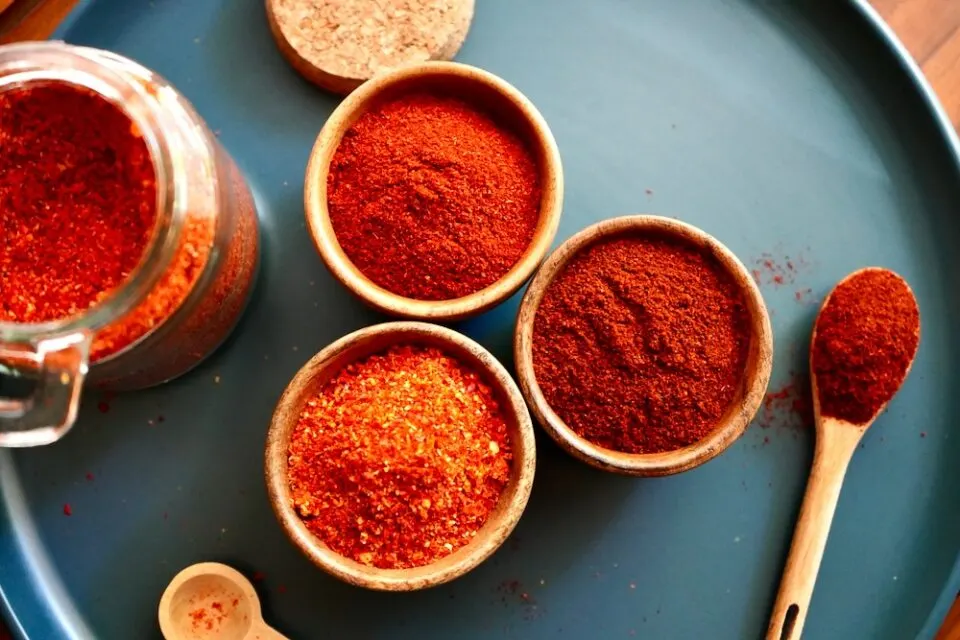- No. 268 Xianghe Street, Economic Development Zone of Xingtai city, Hebei 054001 China
- Byron@hbhongri.cn
fermenting dried chili peppers
Fermenting Dried Chili Peppers A Flavorful Journey
Fermentation is an age-old preservation method that has gained popularity for its ability to enhance flavors and improve digestibility. When it comes to dried chili peppers, fermentation opens up a whole new world of culinary possibilities. This process not only intensifies the inherent heat and smokiness of the peppers but also adds complex layers of flavor that can elevate numerous dishes.
The journey of fermenting dried chili peppers begins with selecting high-quality chilis. Whether you’re using varieties like guajillo, ancho, or cayenne, the key is to ensure they are properly dried and free from any defects. Dried chili peppers have concentrated flavors, and when fermented, these flavors evolve into something truly unique. The initial step is to rehydrate the dried peppers by soaking them in warm water for about 20 to 30 minutes. This process allows the peppers to regain their flexibility and prepares them for fermentation.
Once rehydrated, the next step involves blending the peppers into a paste. This can be done by adding a bit of the soaking water to achieve the desired consistency, allowing the fibers of the peppers to break down more easily. At this stage, additional ingredients such as garlic, onion, or spices can be added to enhance the flavor profile. The beauty of fermentation lies in its versatility; you can experiment with different combinations to create your unique blend.
fermenting dried chili peppers

After preparing the chili paste, it’s time to introduce the fermentation process. This is typically done by adding a saltwater brine to the mixture. Salt not only acts as a preservative but also promotes the growth of beneficial lactic acid bacteria, which are essential for fermentation. The general rule of thumb is to use a 2-3% salt solution, which can be easily measured by dissolving salt in water before combining it with the chili paste.
Once mixed, transfer the chili paste into a clean, airtight jar, leaving some headspace at the top. It’s crucial to keep the mixture submerged in its brine to prevent mold development. Fermentation can take anywhere from a few days to several weeks, depending on the desired taste and the ambient temperature. During this time, you may notice bubbles forming; this is a sign that the beneficial bacteria are at work, transforming the sugars into lactic acid and giving the chili paste its characteristic tangy flavor.
After the fermentation period, the chili paste can be tasted and adjusted. If it’s to your liking, you can either strain it for a smoother texture or leave it chunky for added depth. The resulting product can be used in various dishes ranging from sauces, marinades, and soups to simply as a condiment on your favorite meals.
In conclusion, fermenting dried chili peppers is a rewarding culinary adventure. It not only preserves but also elevates the flavors of the peppers. With a little patience and creativity, the resulting fermented chili paste can become a staple in your kitchen, offering depth and complexity to your dishes that store-bought options simply cannot match. So why not give it a try? Your taste buds will thank you!
-
Turmeric Rhizome Powder: A Golden Treasure from Roots to TableNewsJul.28,2025
-
The Versatile Application Of Crushed Red Hot Peppers: Lighting Up The Red Flames On The Dining TableNewsJul.28,2025
-
The Paprika: A Touch Of Vibrant Red In Color, Flavor, And CultureNewsJul.28,2025
-
Ground Turmeric: A Modern Examination of an Ancient SpiceNewsJul.28,2025
-
Capsicum Liquid Extract: Features, Applications, and ChallengesNewsJul.28,2025
-
Application of Capsicum Liquid Extract in FoodNewsJul.28,2025







